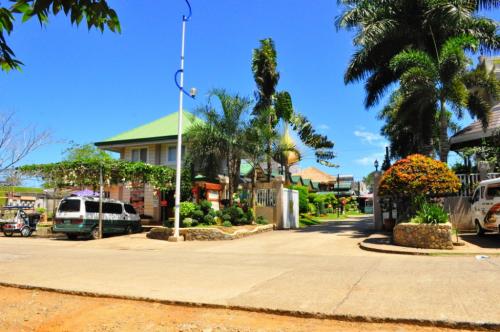
The original inhabitants of the Zamboanga peninsula were the Subanons, who settled along the riverbanks. The next group of settlers to arrive were Muslim migrants from the neighboring provinces. The Maguindanaoans and Kalibugans were farmers; the Tausugs, Samals, and Badjaos were fishermen; and the Maranaos were traders and artisans. The Muslim settlers also looked on mat weaving as its major occupation.
Then came an exodus of migrants from nearby provinces. Historians say that majority of them came from the Visayas, Cebu, Bohol, Negros, and Siquijor. Together with the original settlers, these pioneers helped develop Zamboanga del Sur into the abundant and culturally diverse province that it is.
Today the province comprises two congressional districts with 26 municipalities and one component city. Pagadian City, its capital, with a total of 681 barangays, has been declared as the new regional seat of Region IX.
Geography
Zamboanga del Sur occupies the southern section of the Zamboanga peninsula that forms the western part of the Island of Mindanao. It is located within a longitude of 122º 30"" and latitude of 7º 15"" north. It has a total land area of 473, 491hectares or 4,734.91 sq. m.
Stretching northward from Sibugay in the southwest and running along the northern boundary to Salug Valley in the east is the province’s mountainous countryside. The coastal plains are extending regularly from south to west then spreading into wide flat lands when reaching the coastal plains of the Baganian peninsula in the southeast.
POLITICAL SUBDIVISION
Zamboanga del Sur consists of two congressional districts with 26 municipalities and one city, with a total of 681 barangays.
LANGUAGE / DIALECT
The major dialect is Cebuano, spoken by 61.31% of the population. Also spoken are Tagalog, Subanon, Chavacano, Ilonggo, Maguindanao, Tausug, Boholano, and Ilocano.
POPULATION
As of the year 2000 census, Zamboanga del Sur had reached a population of 836, 147.
CLIMATE
The province has a relatively high mean annual rainfall that varies from 1,599 millimeters in drier areas to 3,500 millimeters in the wettest portion. Temperature is relatively warm and constant throughout the year ranging from the minimum temperature of 22 to 35 degrees Celsius.
TRADE AND INDUSTRY
Agri-based manufacture of coco oil, livestock feed milling, rice/ corn milling, including the processing of fruits; gifts and housewares made from indigenous materials like handmade paper, roots, rattan, buri, and bamboo; wood-based manufacture of furniture and furniture components from wood, rattan, and bamboo; marine and aquaculture including support services; construction services and manufacture of marble, concrete, and wooden construction materials.
Â
Source: